Active volcanoes are certainly common around the world. However, outside of Hawaii, the U.S. hasn’t seen an active eruption since Mount St. Helen blew in 1980, causing plumes of ash to rain down in Washington.
Now, a dormant volcano in Alaska might be coming to life after 800 years. The sleeping giant has shown several signs of awakening, and geologists are worried that the explosion could have widespread effects.
Information About Mr. Edgecumbe

Located in Alaska’s bitterly cold climate, Mt. Edgecumbe is one volcano within the large Pacific rim of volcanic activity that stretches from Hawaii to Japan.
The volcano is located roughly 10 miles east of the Queen Charlotte Fault and hasn’t fully erupted in more than 4,000 years. However, recently, the dormant volcano that makes a stunning background for many Alaskans has been smoking and showing other signs of activity.
Unique Geological Structure

The large mountain can be seen in the nearby city of Sitka. Several hiking trails surround the base of the volcano, and hikers can even choose to walk near the crater rim.
The stunning feature adds a certain depth of beauty to the Alaskan wilderness. Small wood cabins dot the hiking trails along the lower base of the mountain and are unfortunately in harm’s way if the volcano does erupt.
A Local Prankster Startled the Community
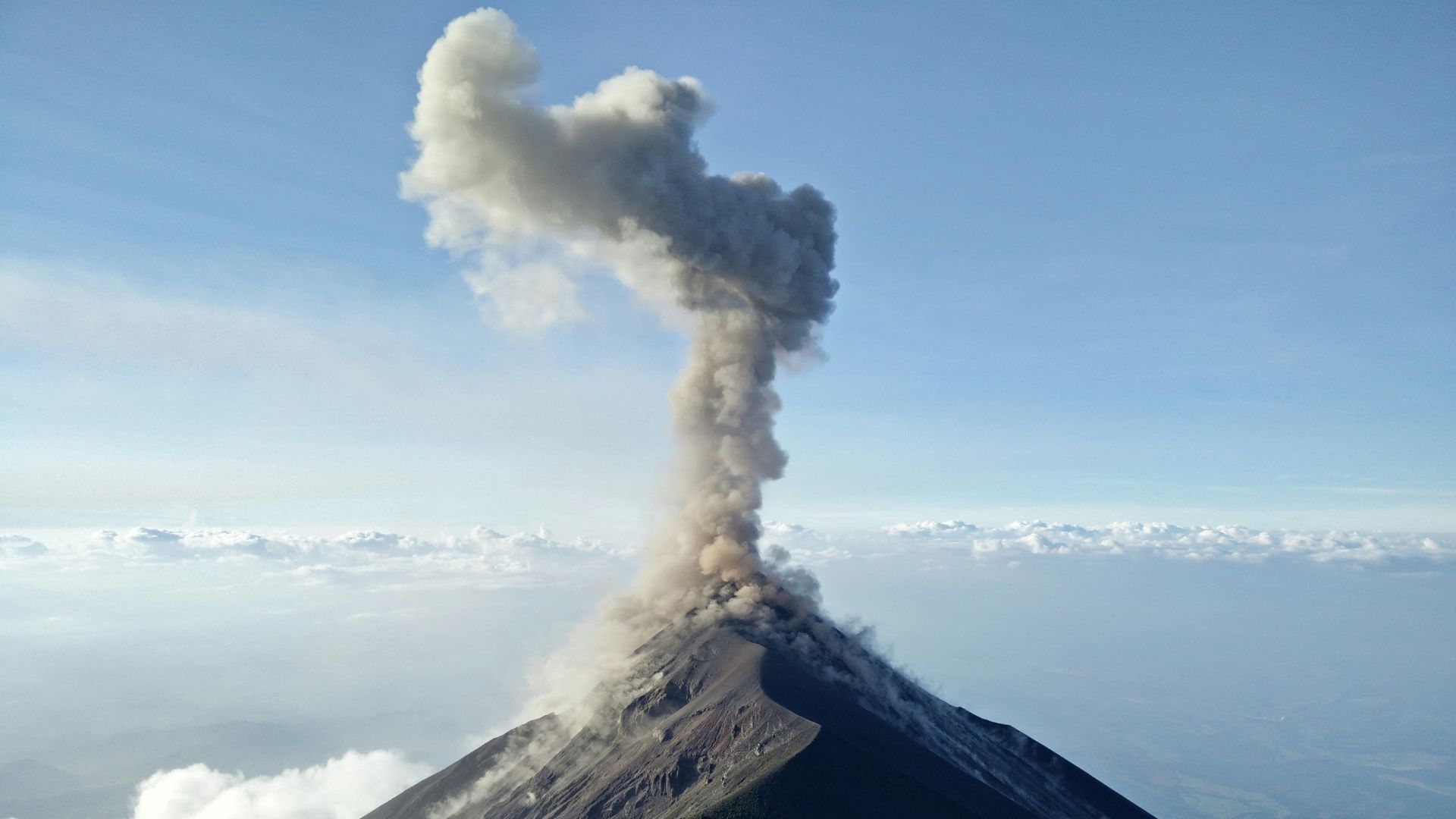
Although the volcano hasn’t erupted fully in 4,000 years, geologists still closely monitor the feature. On April Fool’s Day recently, a local prankster convinced the community that the time had finally come to prepare for an eruption.
Oliver Bichar lit over 70 old tires in the crater, causing dark smoke to rise over the volcano’s crest. However, the FAA and the Sitka Police Department were notified of the prank beforehand, so the gesture was more fun for locals than it was scary.
The Volcano Is Really Coming to Life This Time
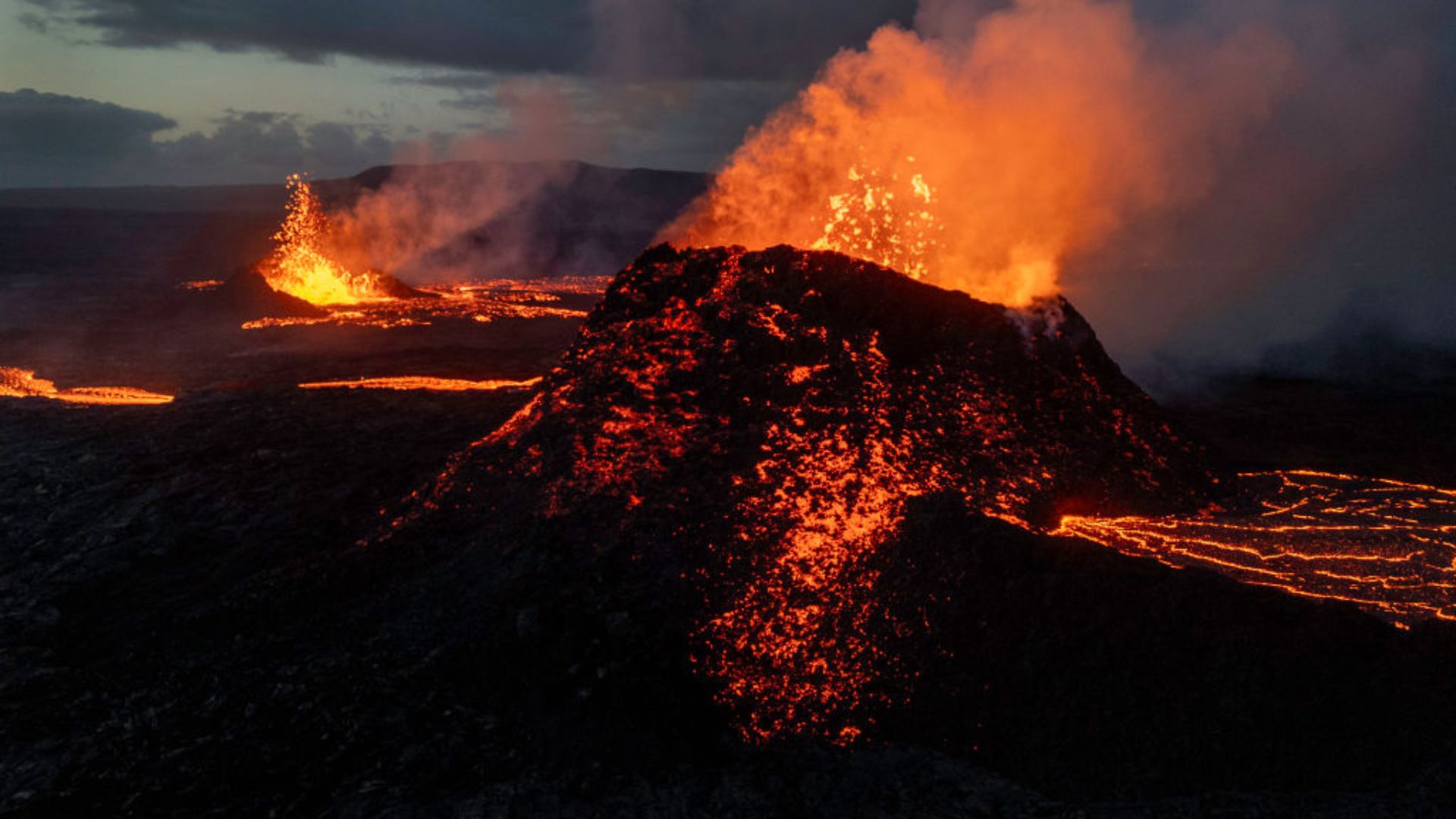
However, although the volcano has been completely dormant for the past 800 years, scientists have recently noticed some signs of activity.
For instance, the surrounding area has experienced minor earthquakes, which are often considered signs of moving magma.
Notable Changes in Its Appearance
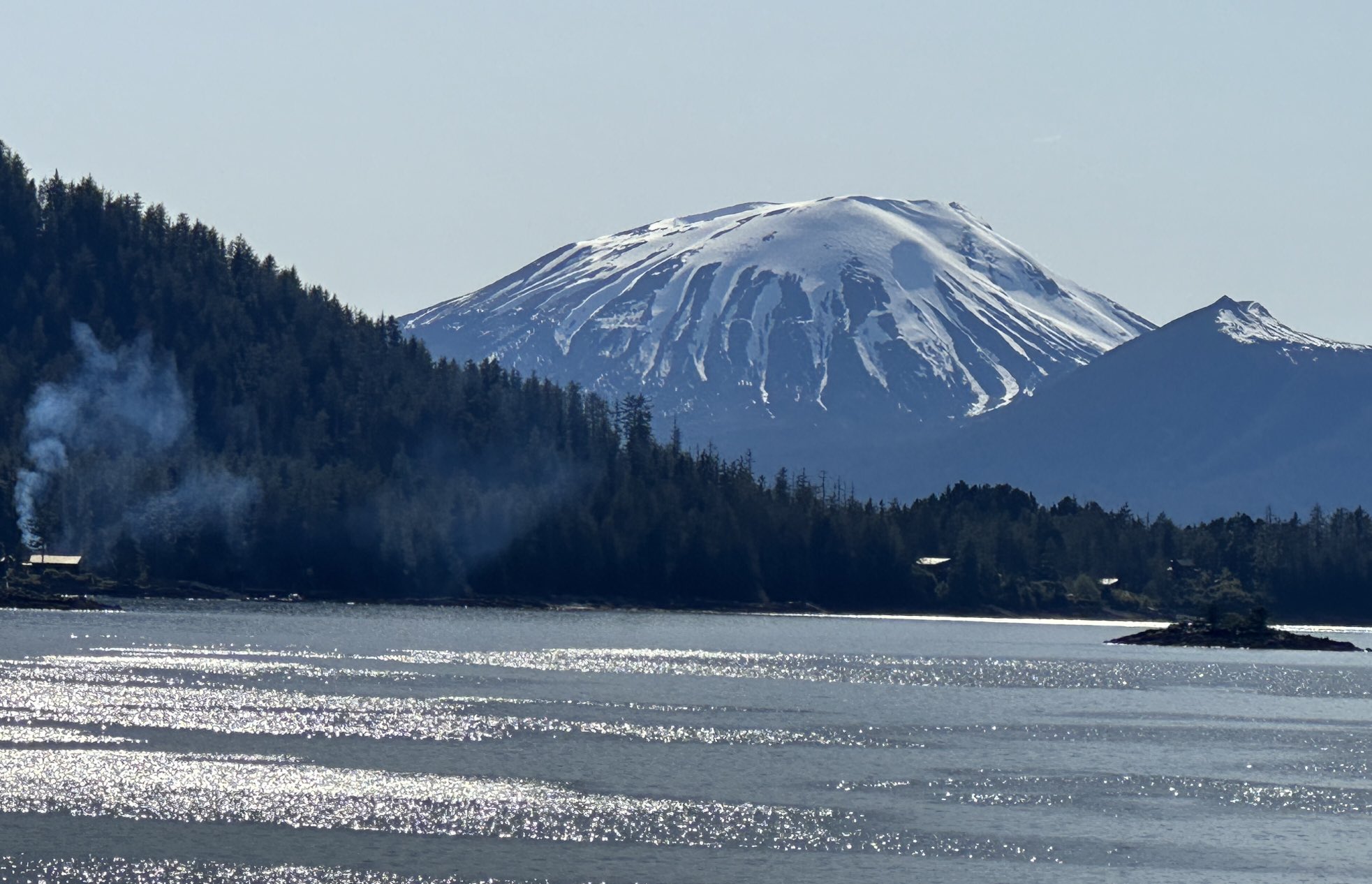
In addition to the geological activity, experts have noted deformities on the surface of the volcano.
There is a 10.5-inch change in surface height. While there is a small difference in such a large mountain, the deformity could mean that underground magma is rising to the surface.
What Are the Signs a Volcano Might Erupt?
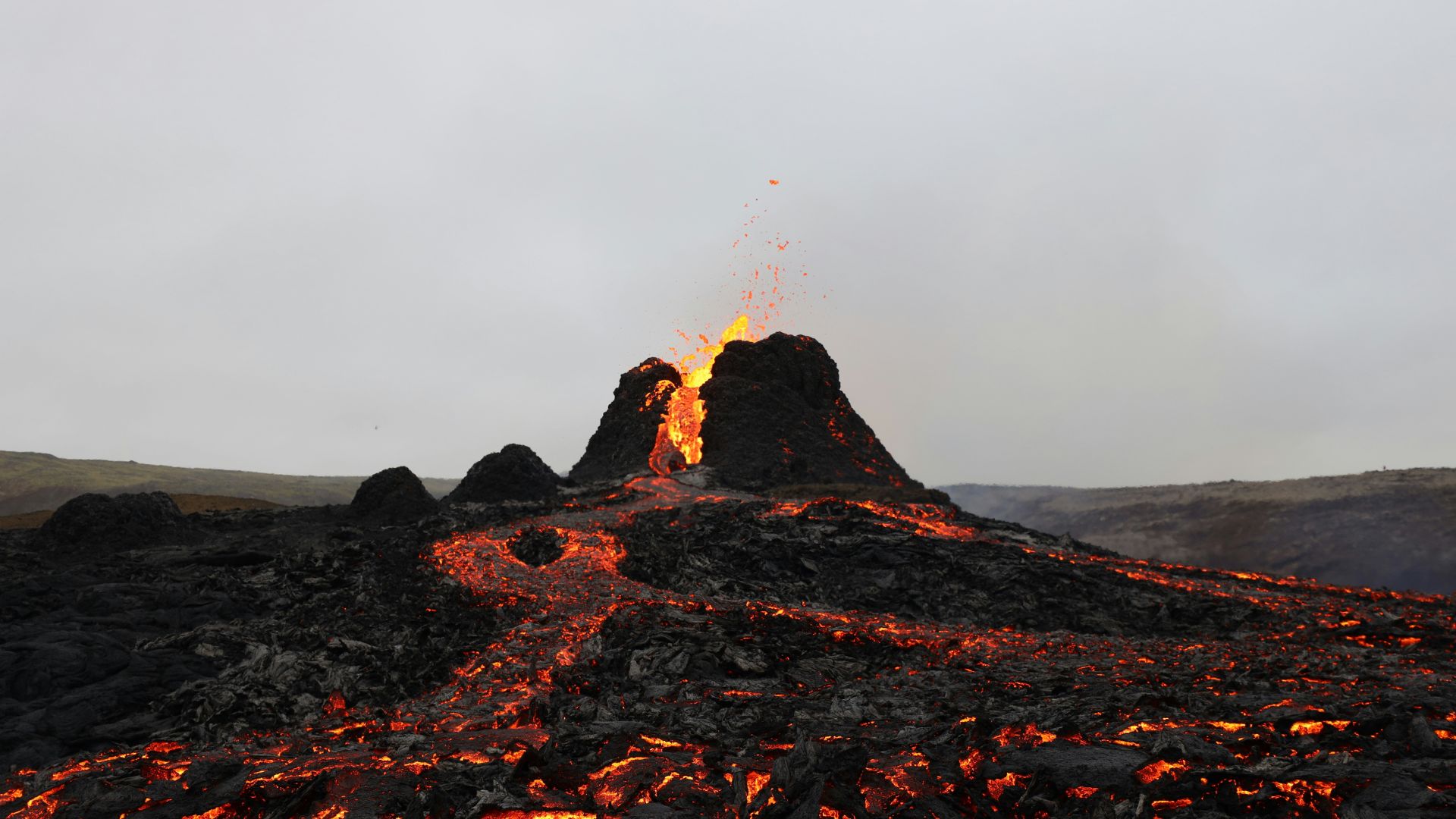
Occasionally, volcanoes can erupt quickly and without warning. But usually, they give off several notable warning signs that magma is coming to the surface.
The most common signs are magma rising to the surface, causing a height difference in the volcano, along with swelling and cracking at the surface. In addition, minor earthquakes and smoking are sure signs that geological activity has changed the pressure under the surface.
Mt. Edgecumbe Volcano Is Showing Two of the Major Signs
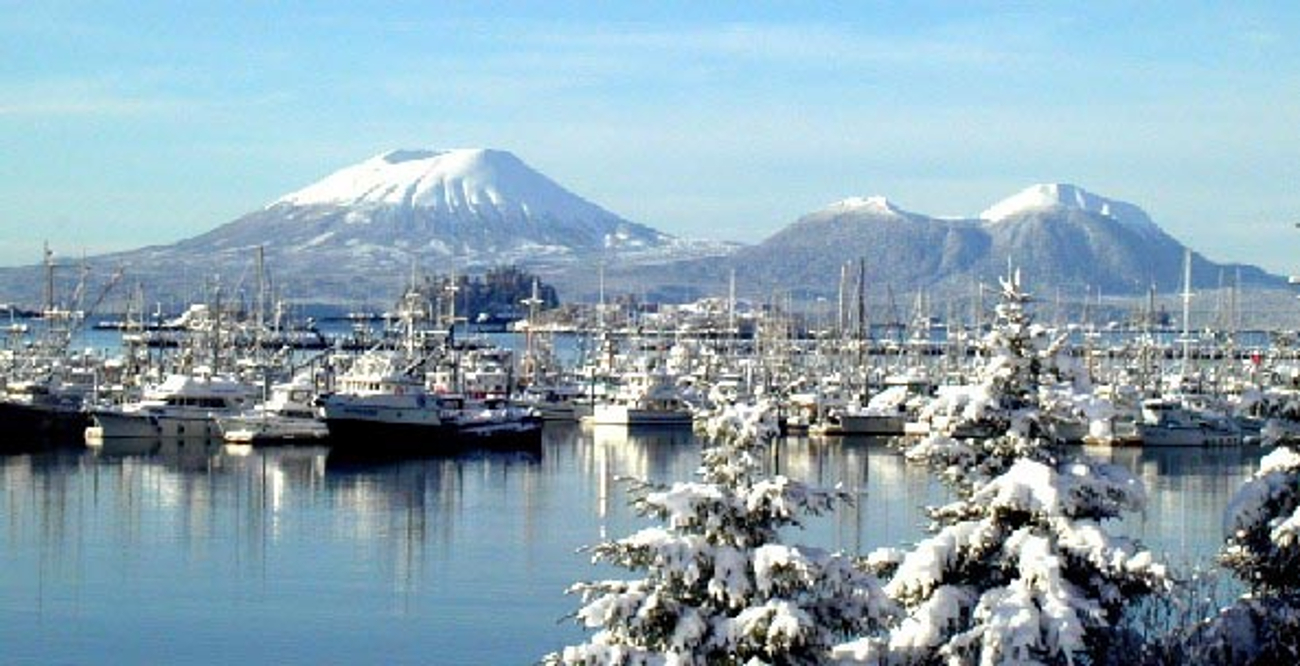
As previously mentioned, Mt. Edgecumbe is showing two of these tell-tale signs.
There have been several small earthquakes in the area and researchers have also noticed a height difference in the great mountain. If they see smoke or notice cracks in the surface, then they will really start to worry.
Activity at Mount St. Helens
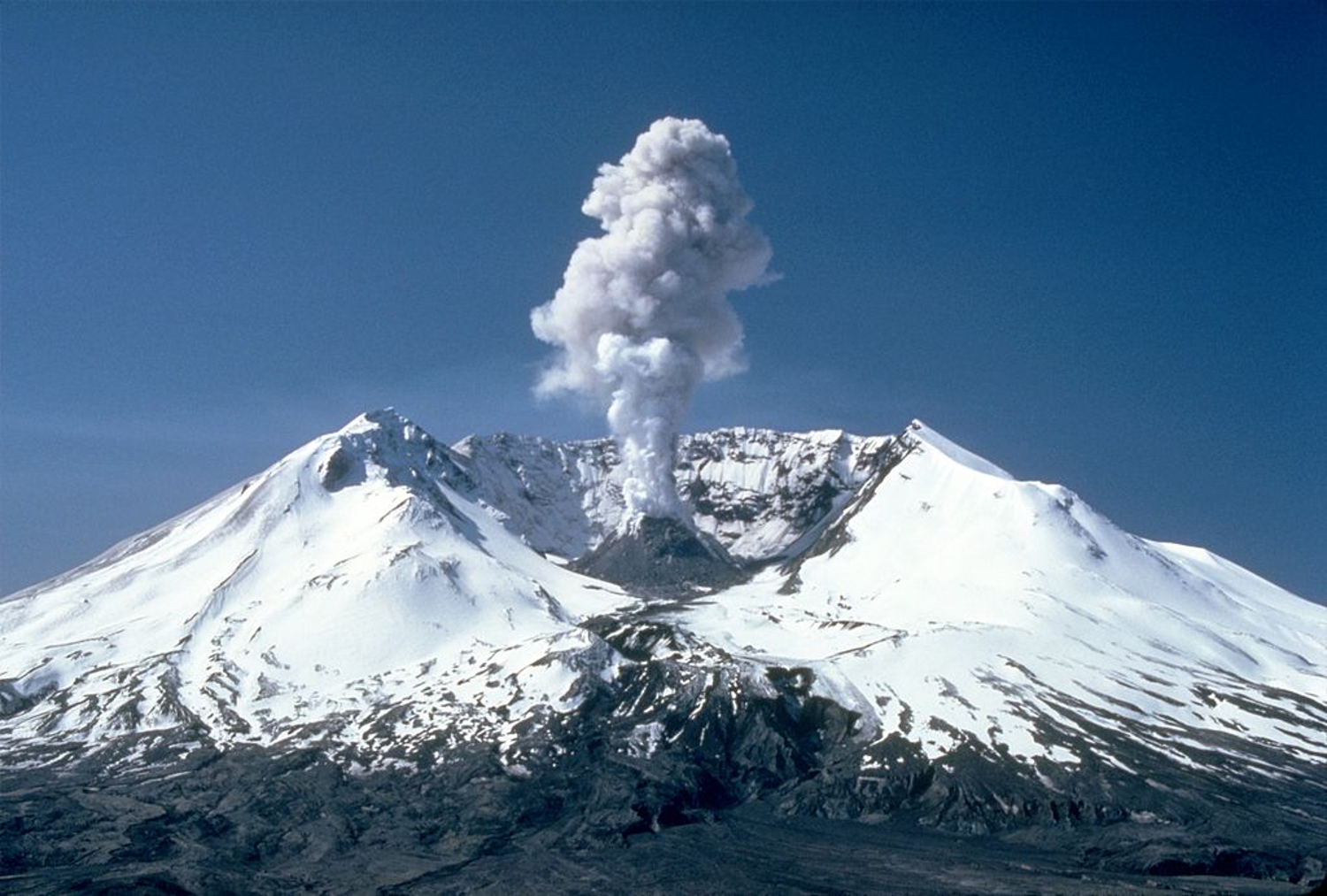
In 1980, Mount St. Helens, an active volcano near Seattle, Washington, and Portland, Oregon, exploded.
The geological formation is part of the Cascade Volcanic Arc, which contains more than 160 other volcanoes along the U.S. and Canadian coasts, yet it was only one of two volcanic eruptions in North America in the 20th century.
The Mass Destruction of Mount St. Helens
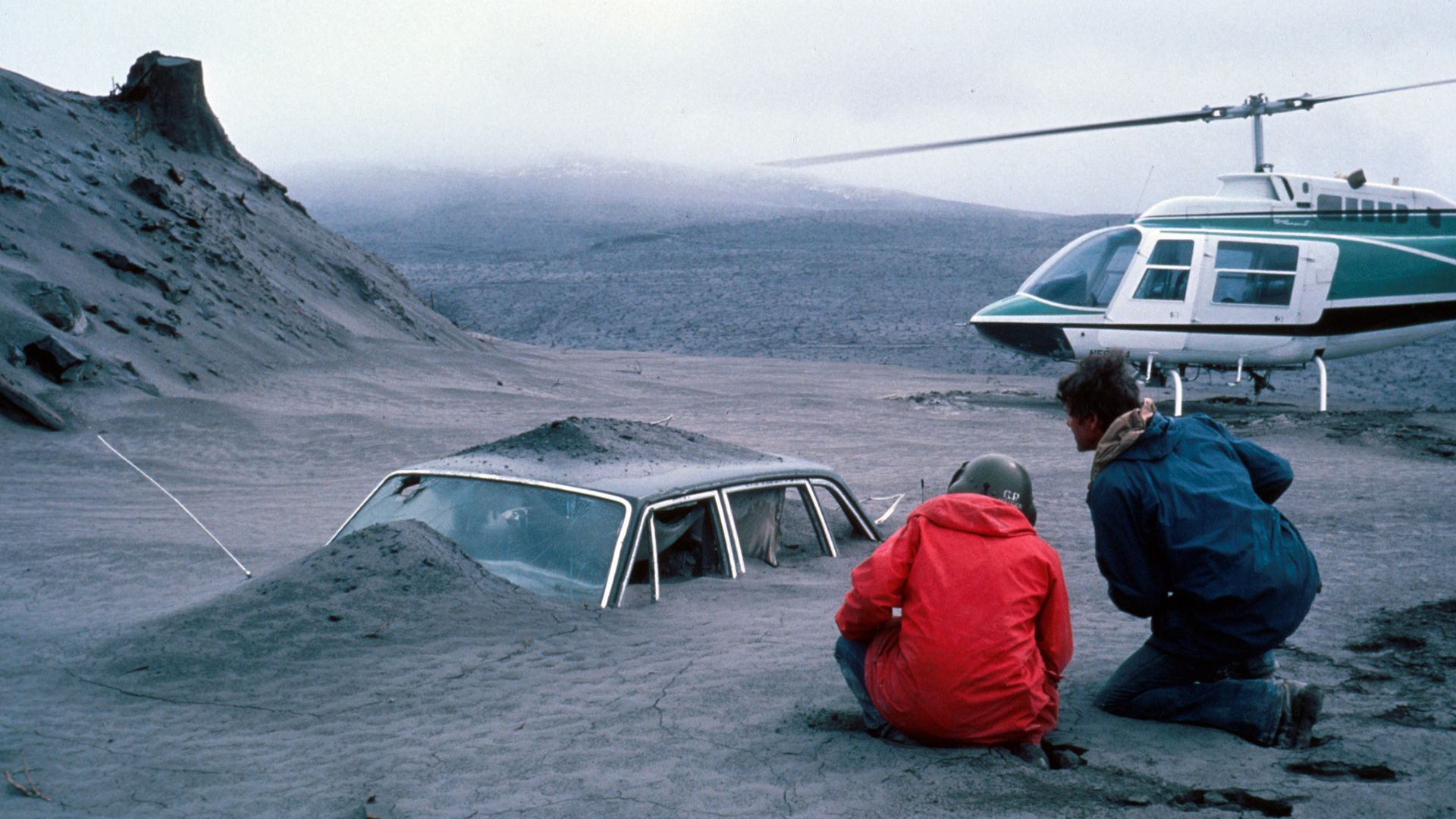
Over the course of one week, Mount St. Helens erupted several times and ultimately killed 57 people.
As well, 250 homes were destroyed, 47 bridges and 185 miles of highway were completely destroyed. People in Canada and Montana had thick ash falling on their homes in a “debris avalanche.”
The Eruption of Mount Lassen in 1915
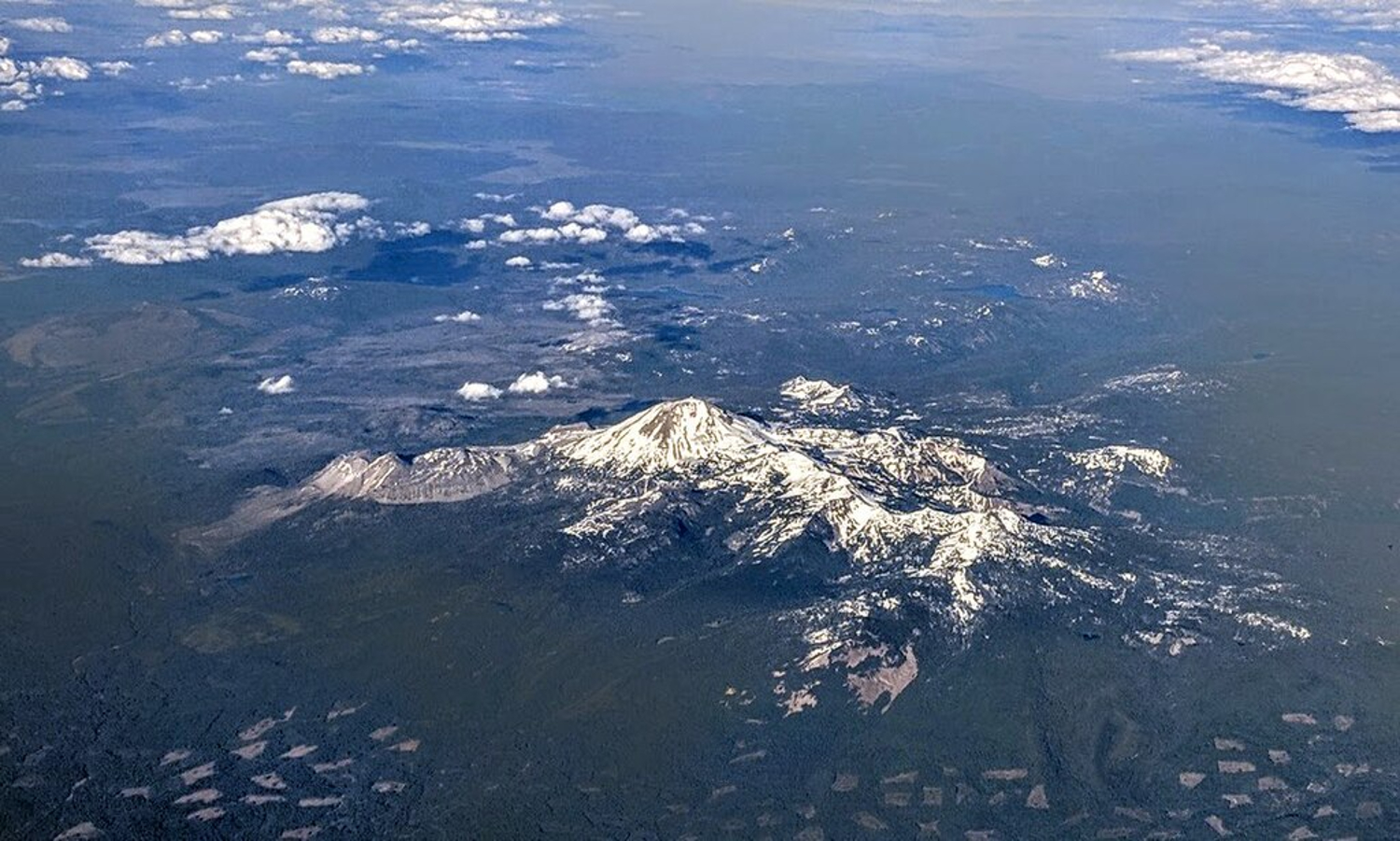
Another of the three volcanic eruptions in North America over the past 100 years occurred at Mount Lassen in 1915.
Mount Lassen, which is located in the Cascade Range in California, absolutely devastated the state as it rained volcanic ash over a 200-square-mile area.
The Explosive Eruption of Alaska’s Shishaldin Volcano in 2023

The third volcanic eruption in North America actually occurred just last year. Alaska’s Shishaldin volcano on the eastern Aleutian Islands spewed lava 30,000 feet into the sky in August 2023.
Fortunately, because of the volcano’s location and the weather, the ash was blown away from land and over the ocean. No people or homes were harmed during the incident.
Other Active Volcanoes Around the World
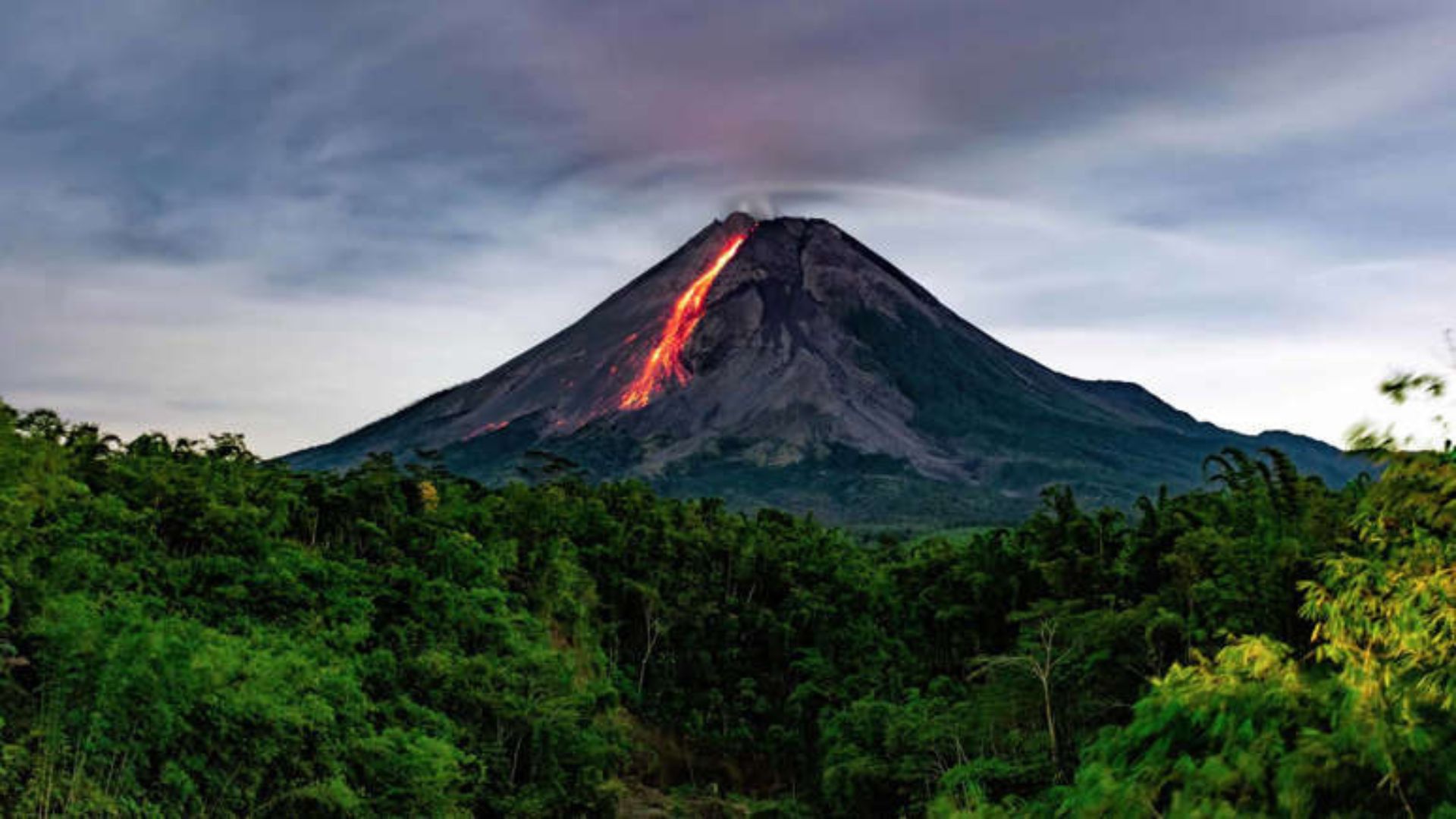
Although there have only been three volcanic eruptions in North America over the past century, they’re not as uncommon as you might think.
Other parts of the world have constantly active volcanoes. Places like Iceland and Indonesia are on constant alert to watch out for dangerous explosions.
Mount Merapi in Indonesia Is Currently Active
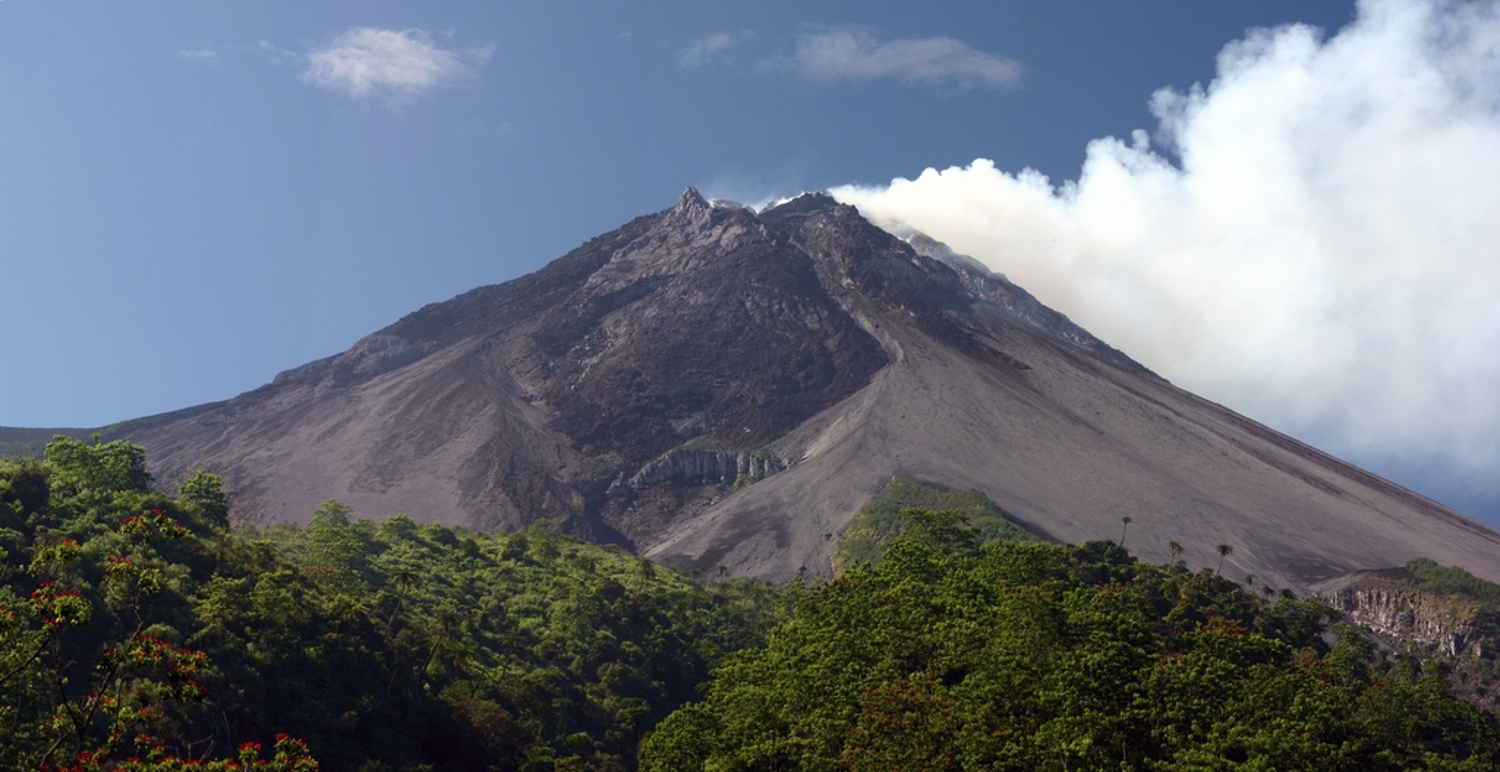
Mount Merapi, a stratovolcano near Java, Indonesia, has erupted several times in recent years and is still considered active today.
In 2010, a massive eruption killed more than 350 people over the course of a month as 350,000 people were forced to flee their homes.
Recent Eruptions in Hawaii
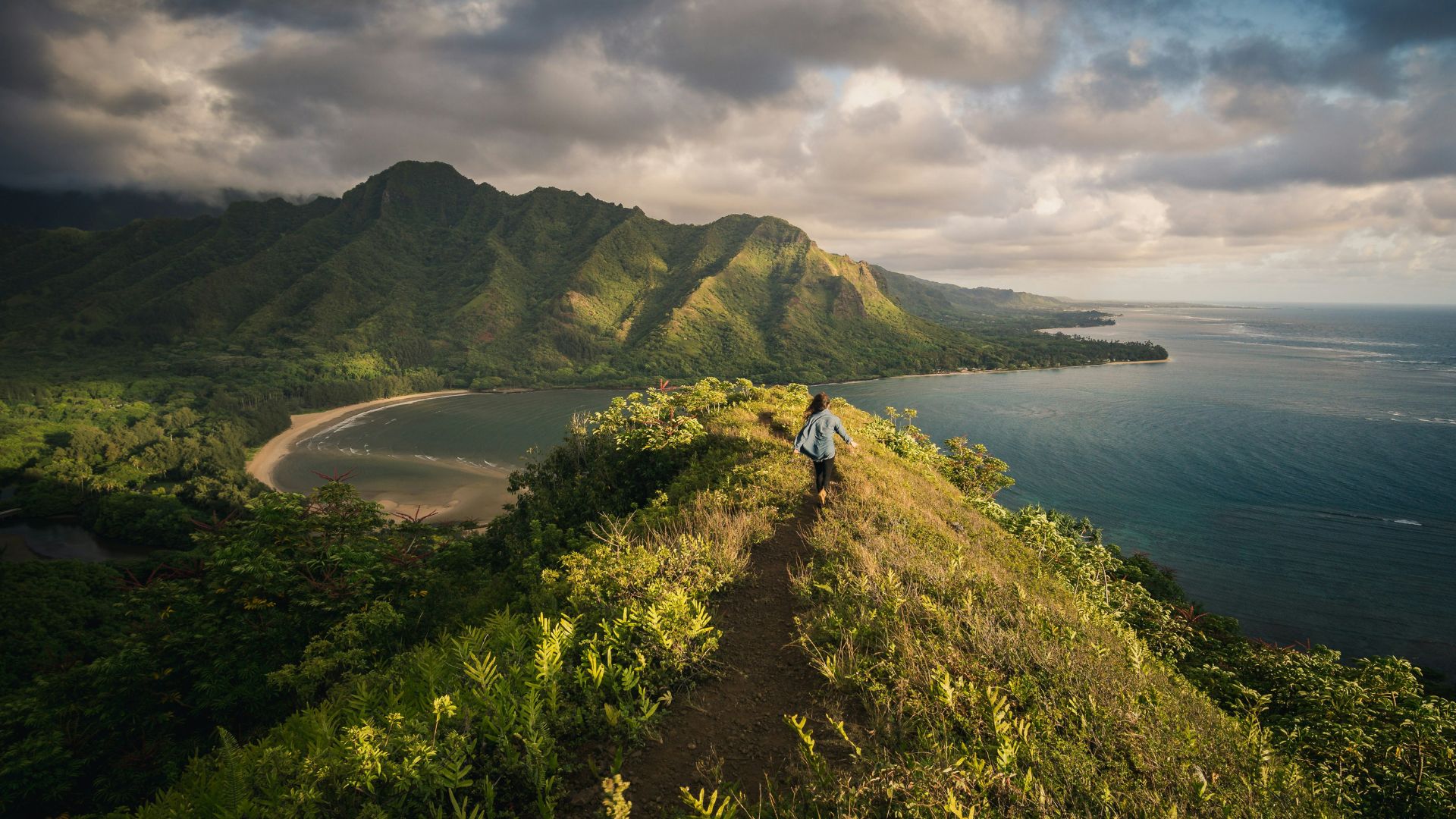
Additionally, there are often volcanic eruptions in Hawaii, which is technically part of Oceania, not North America, as geological activity is extremely common on the young islands.
Earlier this month, Hawaii’s Kilauea volcano erupted, completely shutting down a nearby national park. Active lava was seen running down the sides of the mountain and reaching close to the shoreline.
Which U.S. States Have Volcanos?
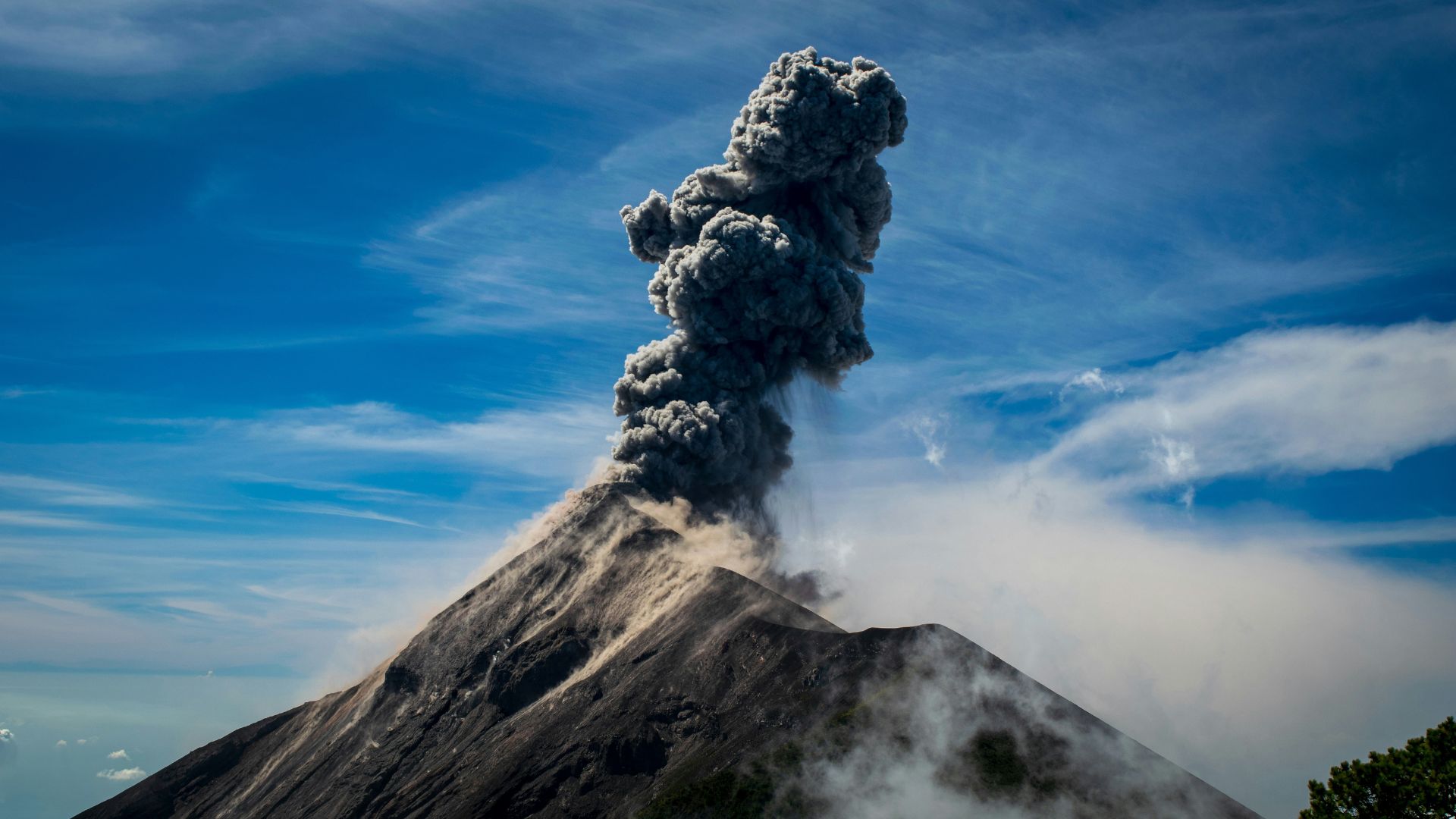
Hawaii aside, there are 169 volcanoes that scientists still consider active in the United States.
Most of these are located in Alaska, which is home to 54 active volcanoes. But California and Washington also have seven and five active volcanoes, respectively.
Alaska’s Volcanoes Have Always Been Closely Monitored

Because there are so many, active volcanoes in Alaska have always been closely monitored by the Alaska Volcano Observatory alongside the US Geological Survey (USGS.)
It’s interesting to note that the Alaska Volcano Observatory has reported around two eruptions per year since 1900, though they’re not all considered eruptions as more often than not, only smoke was released into the air.
There Have Been 20 Catastrophic Eruptions in Alaska
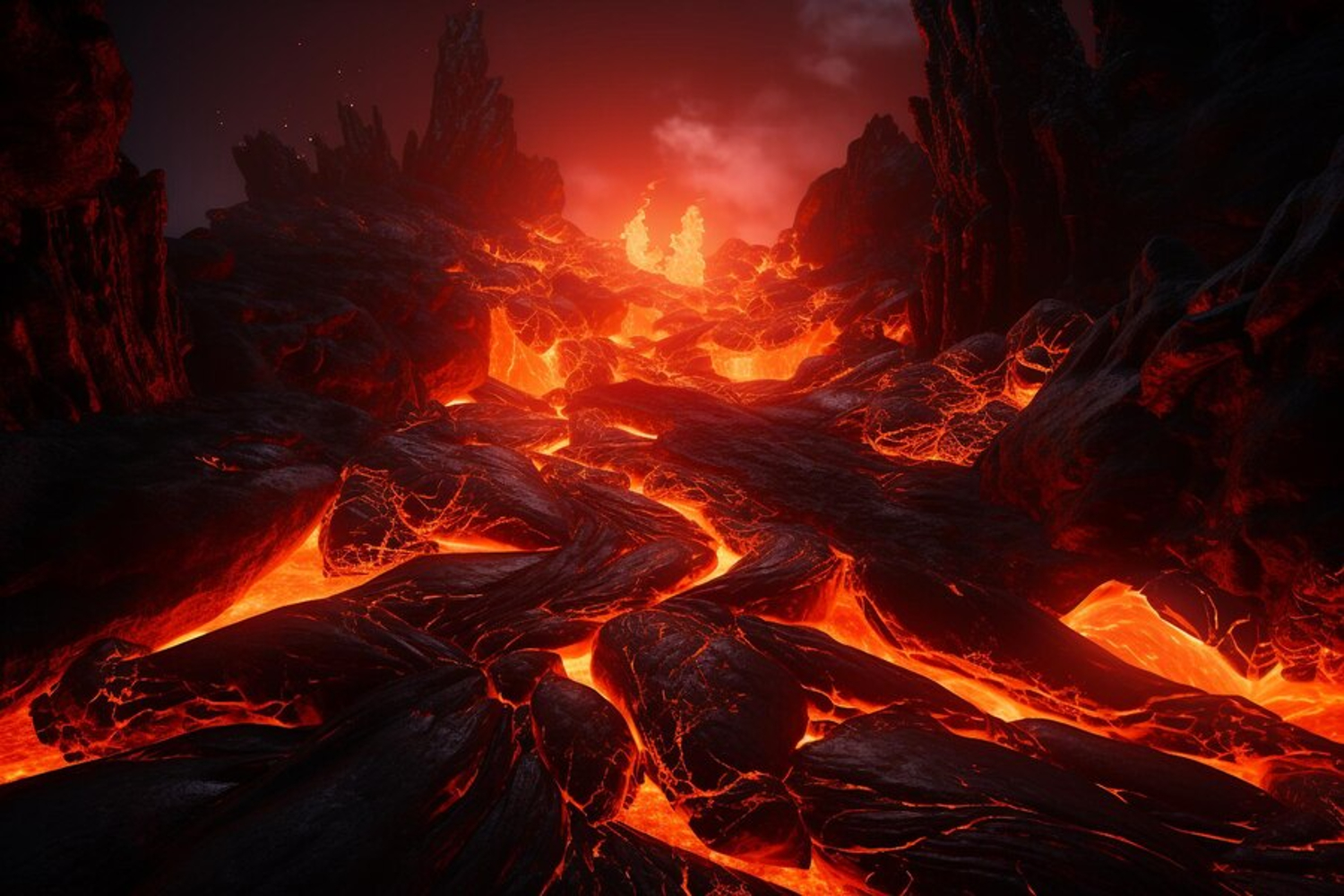
The organization has also reported that the volcanoes in what is now Alaska have only catastrophically erupted 20 times over the past 10,000 years.
However, that hasn’t stopped scientists from worrying that it could very well happen again in our lifetime.
Most Active Volcano in Alaska
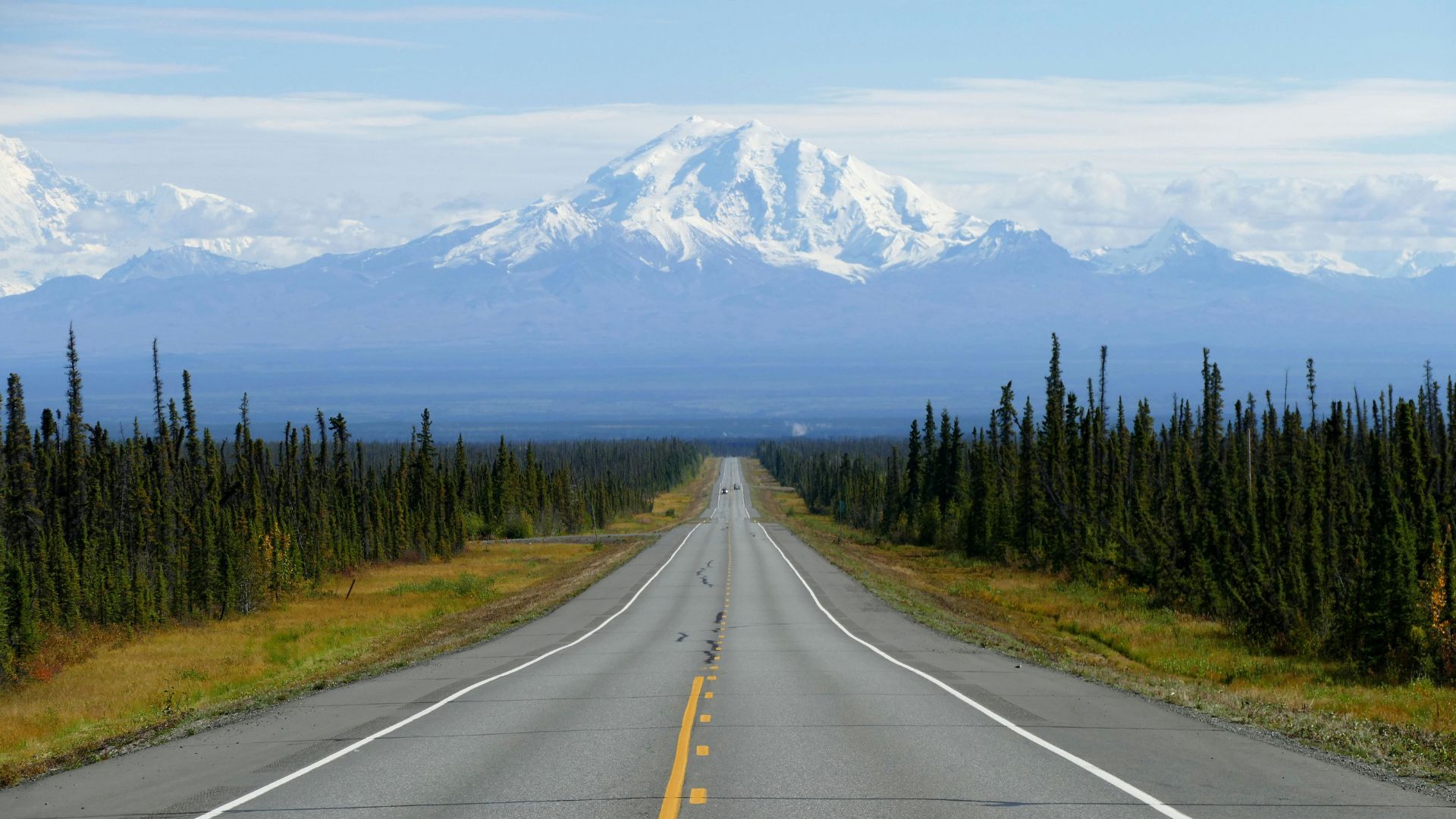
Although the Alaska Volcano Observatory is keeping a close eye on Mt. Edgecumbe, it’s actually not the most concerning volcano in the state.
Currently, the most dangerous and, therefore, the most monitored volcano in Alaska is Mount Redoubt. The 9,000-foot-high stratovolcano has erupted five times since 1900.
Mount Redoubt Volcano Catastrophically Could Erupt Very Soon
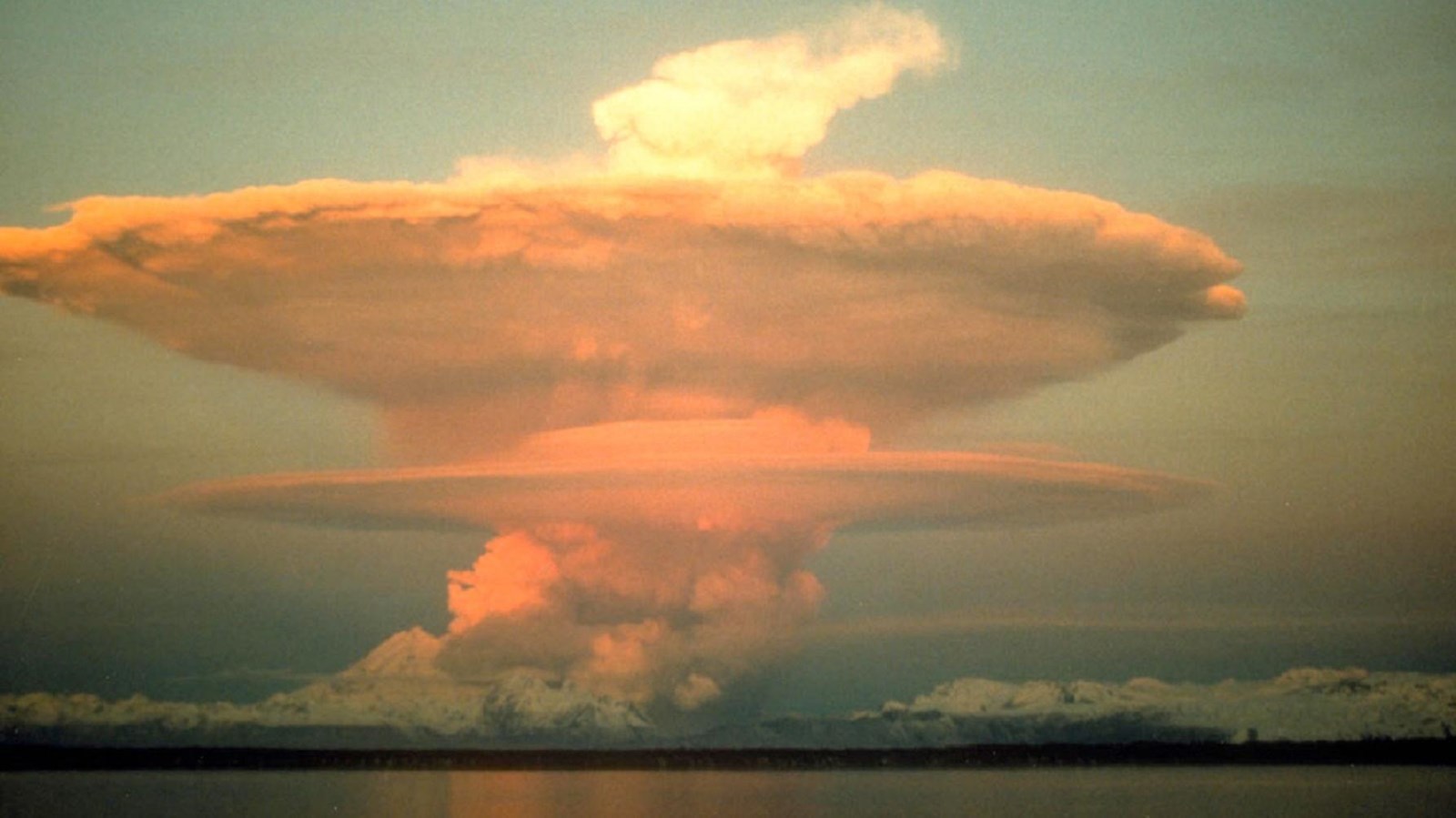
Each of the five eruptions of Mount Redoubt volcano, in 1902, 1966, 1989, 1990, and 2009, have technically been quite small.
However, there are concerns that a truly catastrophic eruption could happen at any point. And as the largely populated city of Anchorage is only 108 miles away, it could kill thousands of people.
Why Are Volcanic Eruptions So Dangerous?
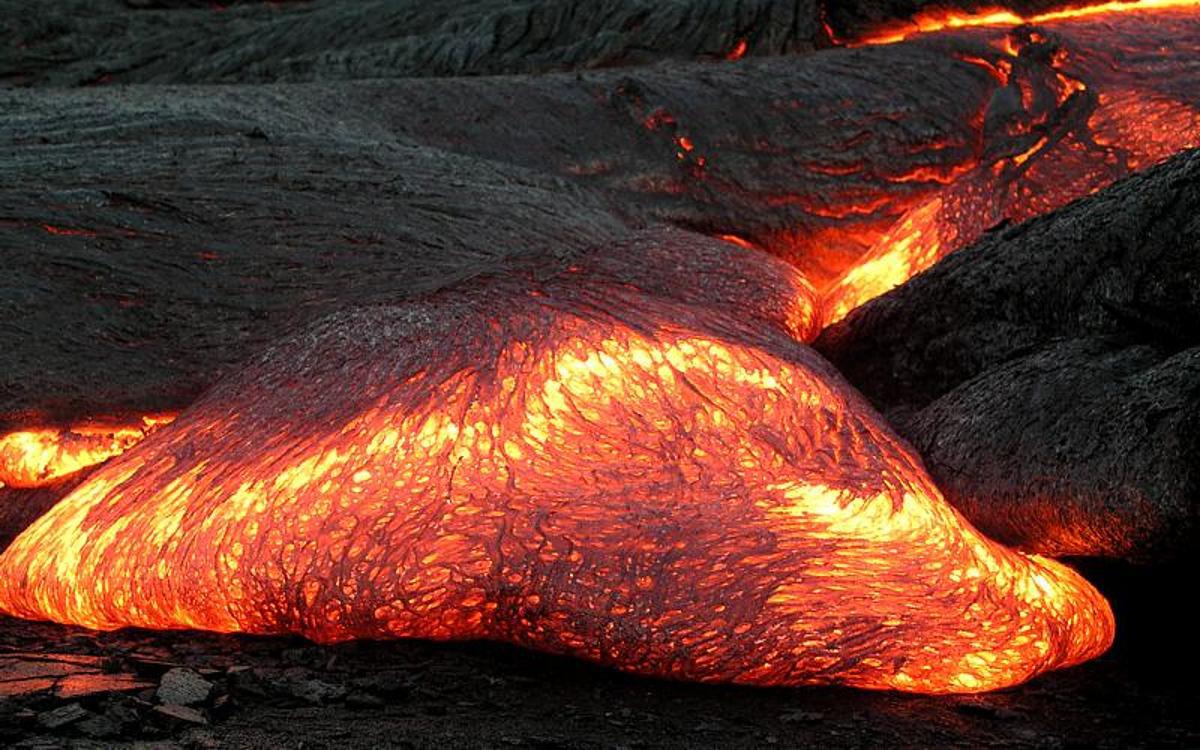
It’s important to understand that volcanic eruptions are extremely dangerous for several reasons.
While lava flow can destroy homes and kill anything in its path, volcanic activity also produces excessive amounts of ash and debris that can cover entire cities, often burying people alive.
Air Pollution Caused by Volcanic Eruptions
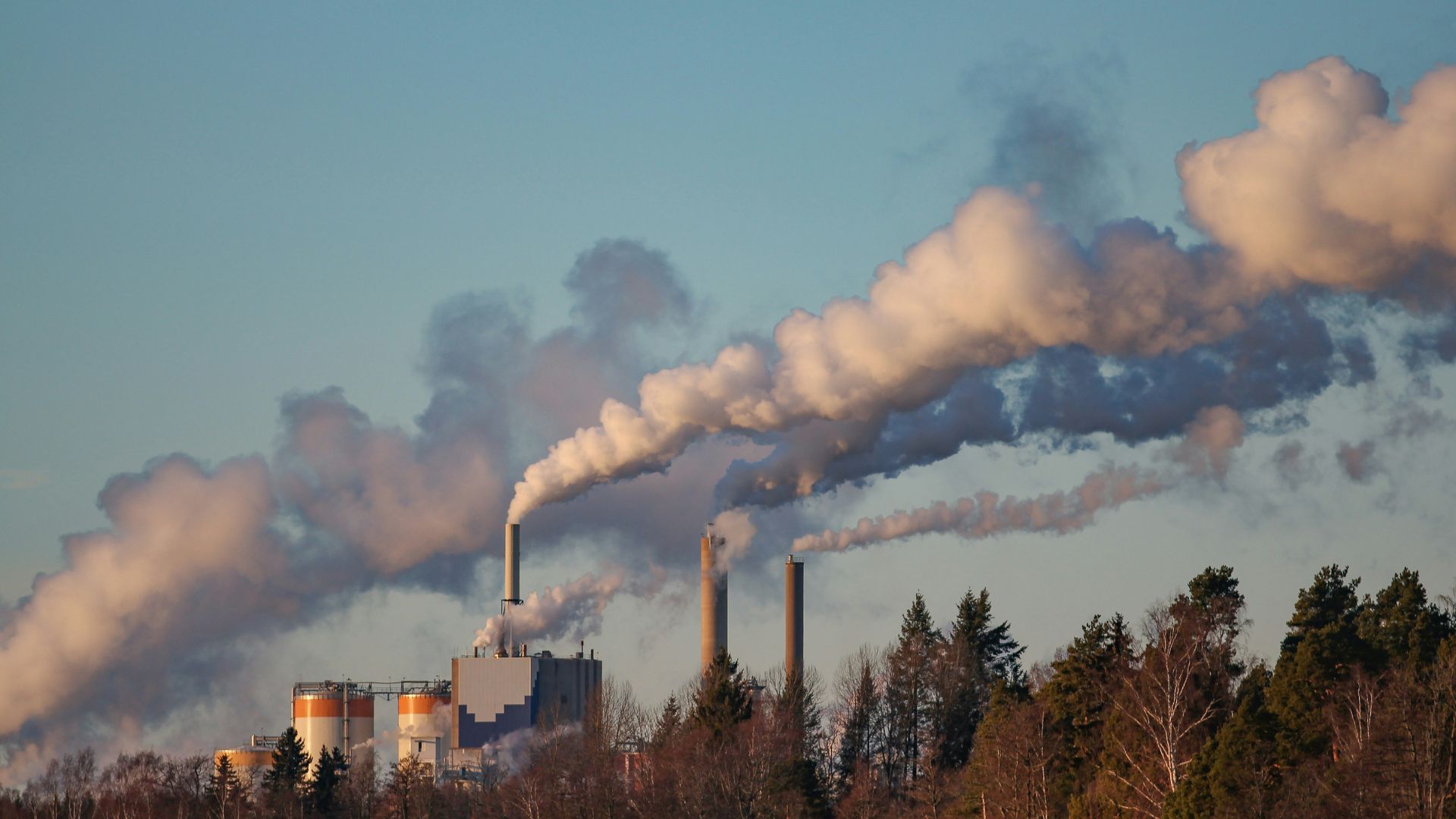
Additionally, volcanic eruptions can wreak havoc on the atmosphere. The ash released is often toxic and releases extensive pollution into the air.
Humans have already caused considerable air pollution over the past century thanks to the constant burning of fossil fuels. Therefore, a large volcanic eruption could possibly make our air fatal to anyone who breathes it.
Could Climate Change Increase the Risk of Volcanic Eruptions?
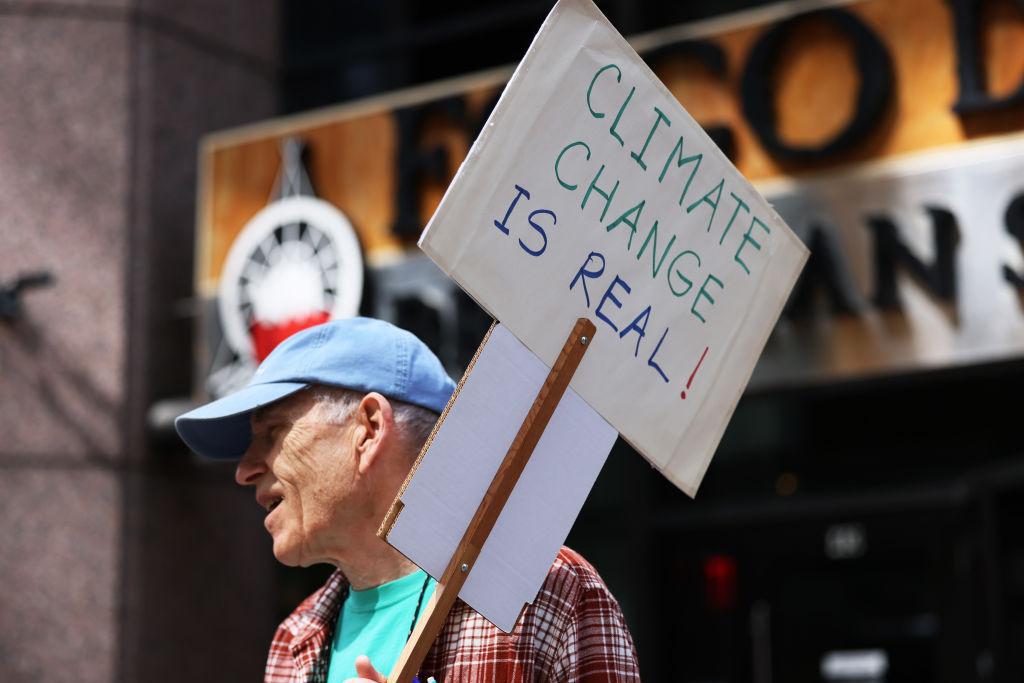
Speaking of human mistakes, it’s also notable that many scientists believe climate change can absolutely increase the risk of volcanic activity.
According to one report, “On one hand, a climate-related event can happen during a volcanic event, worsening the disaster; on the other hand, some of the effects of a changing climate might trigger the eruption directly.
Nothing Can Be Done to Stop a Volcano From Erupting
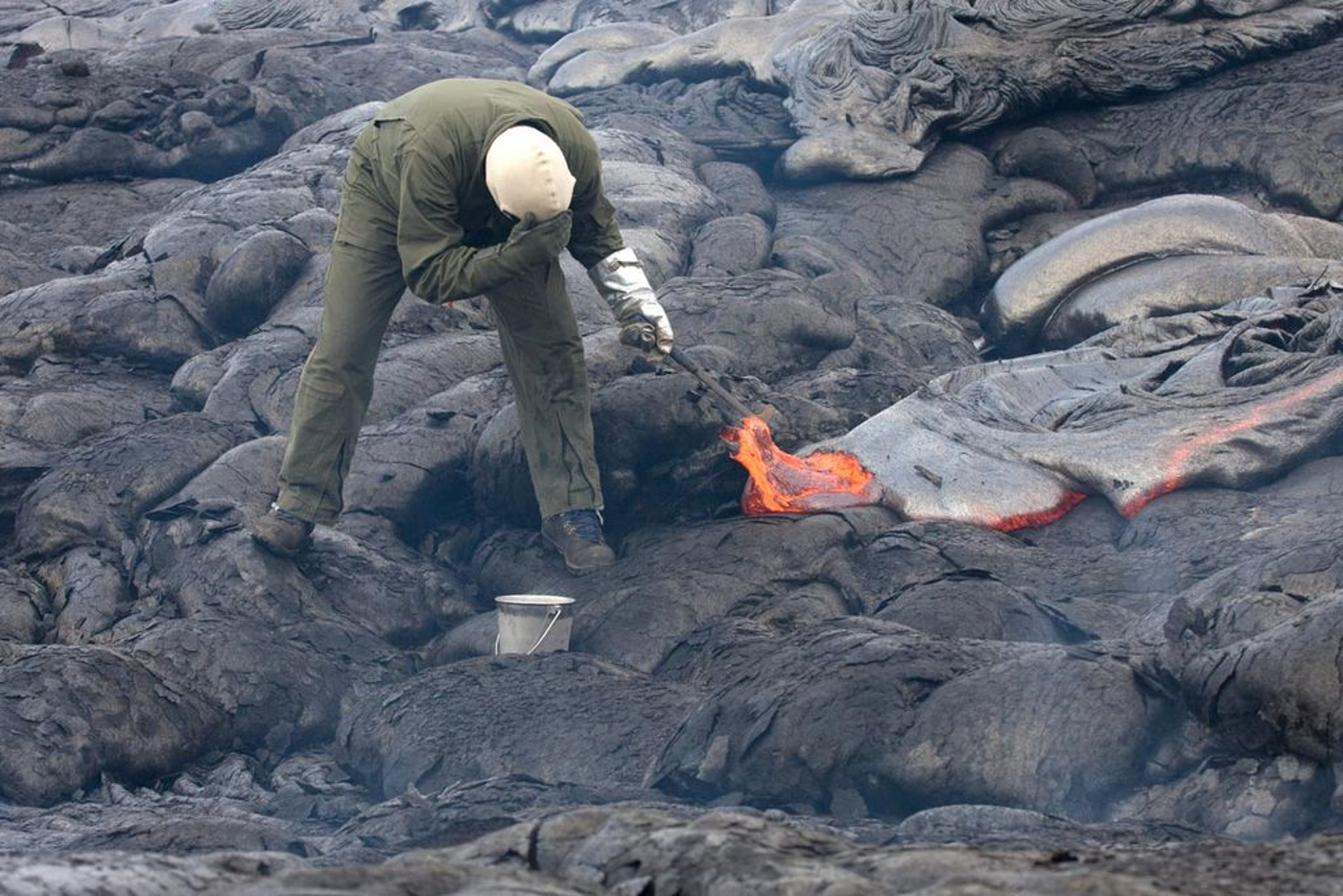
However, aside from trying to save our planet from the imminent side effects of climate change, there is nothing human beings can actually do to stop a volcano from erupting.
The only hope scientists have is to watch active volcanoes closely, and if they look as though they may erupt, evacuate any nearby towns or cities. Which, of course, is exactly what they are doing at Mt. Edgecumbe right now.








































